Paul Smith takes the new electric Mini for a spin
Paul Smith fashions a one-off model that reveals the the new electric Mini's inner workings
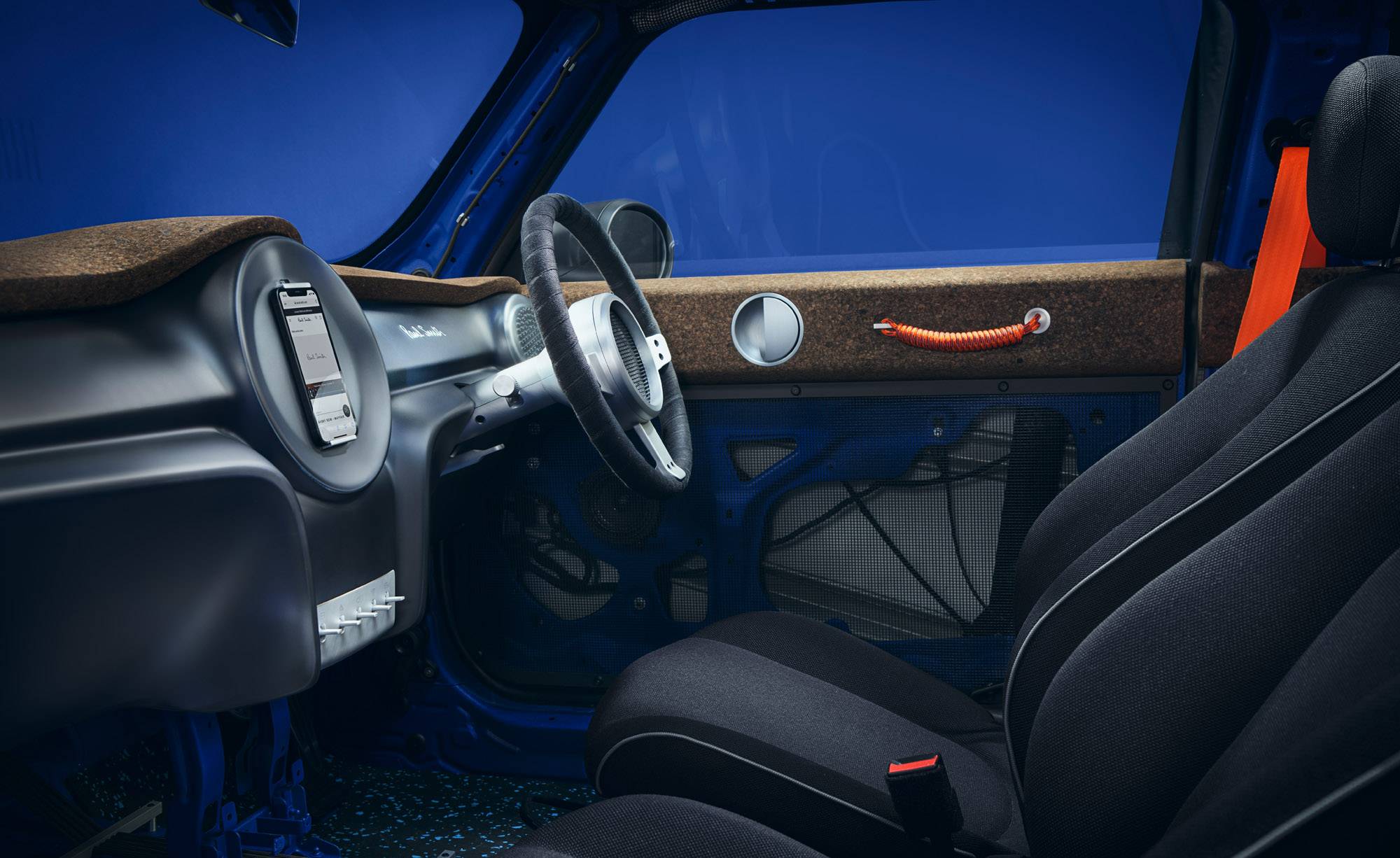
When Oliver Heilmer, head of the Mini design studio in Munich, called Paul Smith last spring to talk about working together on a new project, neither of them knew quite what they were letting themselves in for. Heilmer had loved Smith’s stripey version of the original Alec Issigonis-designed Mini, one of three commissions (Kate Moss tattooed hers with spider’s webs, while David Bowie went for an all-over mirror finish) unveiled at London’s Design Museum to celebrate the Mini’s 40th birthday in 1999. So he asked Smith to come up with something similar for the new electric Mini.
The call came as a welcome distraction for Smith, who was alone in his Covent Garden HQ while his team worked from home. But he wanted to make more of a mark on the car than just putting his signature on the bodywork. When Heilmer came to London to talk to Smith about the latter’s involvement, he quickly realised that this collaboration wasn’t going to be limited to a colour scheme.
‘We started with the idea of how to make a more emotionally satisfying car,’ explains Heilmer. That meant staying focused on the essential qualities of the Mini, an unusual blend of frugality with charisma. ‘The Mini can be seen differently in different contexts. It can be surprisingly expensive in China because of the taxes, while in Europe it’s almost affordable enough for students, but our aim is to keep the identity of our car classless everywhere. We thought, let’s do as much as we can, while keeping it drivable. A lot of design work for the Mini is about common sense: keep it as small as possible, and please keep the round headlights.’

Mini’s head of design Oliver Heilmer, and British designer Paul Smith
Smith agrees: ‘It’s very much about respecting the origins of the car.’ The starting point for Smith was a memory he had of seeing a car body before it had been painted and fitted with all the trim. ‘I didn’t want to change the shape, but talked to the team about how to show the steel with all its imperfections and the traces of the manufacturing process. It’s like the suit I’ve just had made. I asked the tailor to put the sleeve head in by hand. That way you get little dimples in the cloth, and the little imperfections that I love. Tadao Ando’s concrete architecture, with its perfect little circular indentations, has the same quality.’
Smith went to Munich to meet Heilmer’s team. They had taken a brand new car from the production line in Oxford before it reached the paint booths, shipped it to Germany and stripped it back to raw metal. The steel body panels were zinc-galvanised, but otherwise left as they were from the press. They took out the original dashboard, the trim on the inside of the door panels, the covers on the airbags, the door opening mechanisms, the instruments, the dashboard controls, the carpets and the steering wheel.
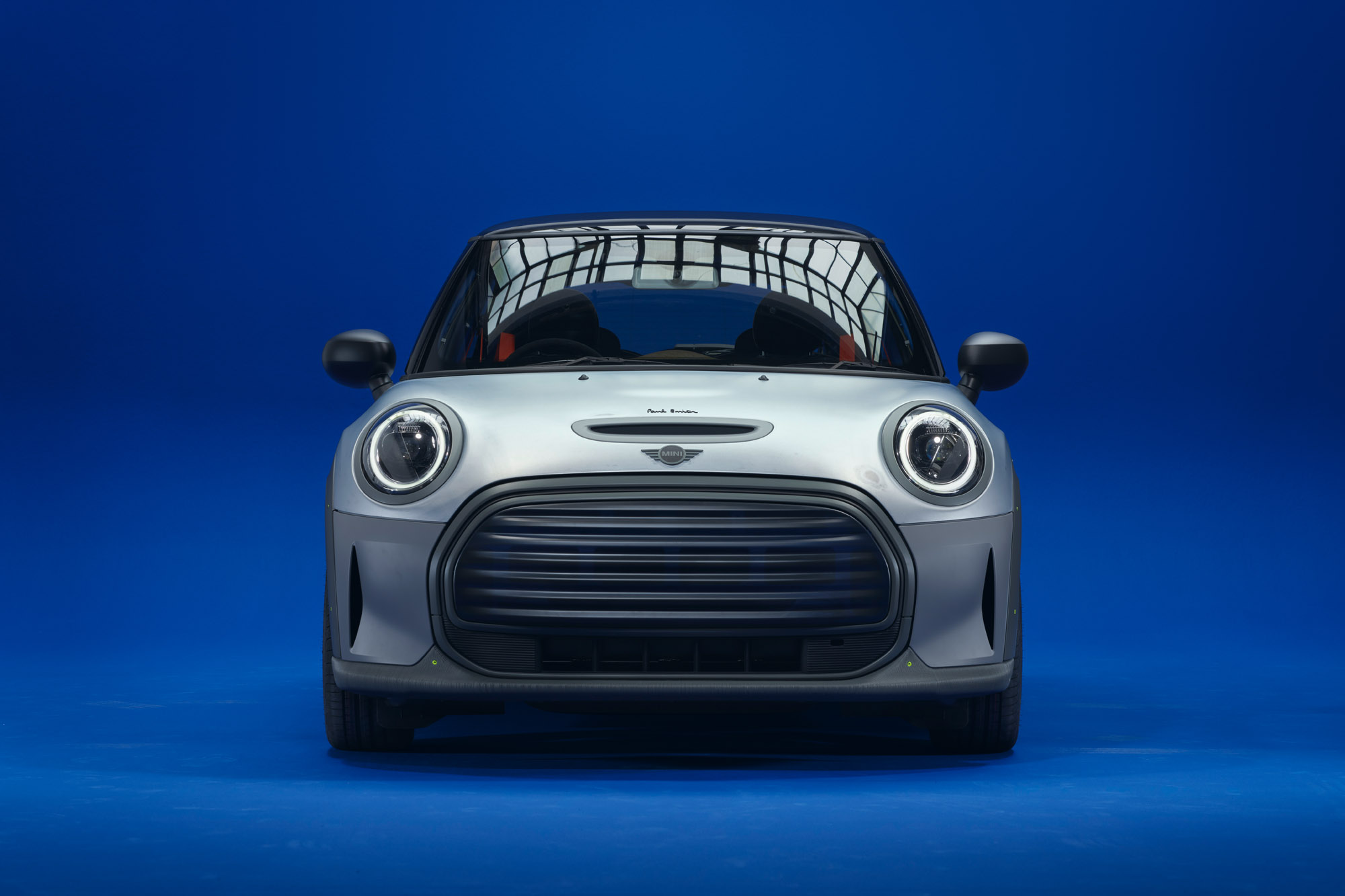
The ’Mini Strip’, enhanced with tailor made additions and subtractions by Paul Smith.
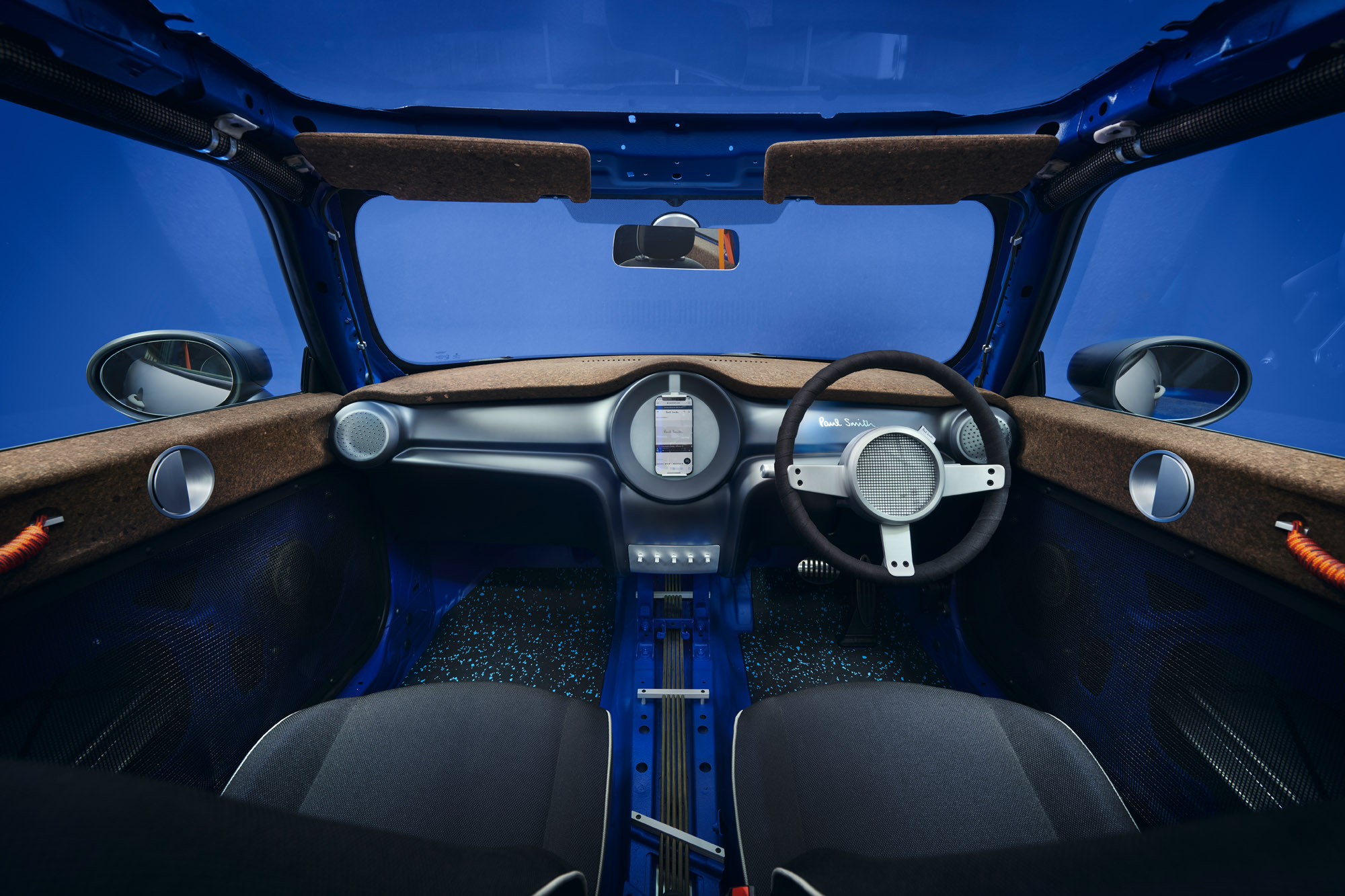
Paul Smith’s ‘Mini Strip’ interior features cork details, specially made toggle switches, a bright blue floor and door handles in orange mountaineering rope.
Seeing the car in that state gave Smith the idea for a radical new aesthetic for Mini. ‘A bit of my dad came out,’ says Smith. ‘He used to drive a Morris Oxford, and had a workshop. He did everything himself, rather than get someone in to do it for him.’ That’s why the wheel arches on Smith’s Mini are held in place by visible bolts, rather than the invisible internal fixings on a production model.
‘What was wonderful was how much the team embraced the project. They were brave to allow me to do so much to a car. I hope they like my lateral way of thinking, even the naivety of my rather childlike approach,’ says Smith.
For most of last year, a stream of samples went back and forth between London and Munich. ‘You need to feel the textiles and the metals when you are working remotely,’ says Heilmer. Instead of covering the inside of the door panels, Smith suggested a layer of mesh, so that you can see the steel inside. Exposed cables run up the middle of the car; and the driver’s airbag is visible behind a grille in the middle of the cork-lined steering wheel. The side airbags are held in visible cylinders clipped in place over the doors.
‘It’s a way of valuing things that are not usually valued. It’s the principle of making good and getting by,’ says Smith, who left a little cluster of hand-painted stripes on the edge of the door panel, as a memory of his previous project for Mini. There is also a dock for an iPhone on the dashboard, rather than a fixed satnav and music system, and a charging cap identified by a little doodle hand-drawn by Smith.
Tagged ‘Mini Strip’, the resulting car is a one-off – drivable but not exactly legal. It’s Smith’s love letter to the aesthetics of make-do-and-mend engineering. It’s a celebration of the essentially imperfect qualities of materials that the modern auto industry, focused on quality control, has spent billions on finding ways to hide under layers of glossy perfection.
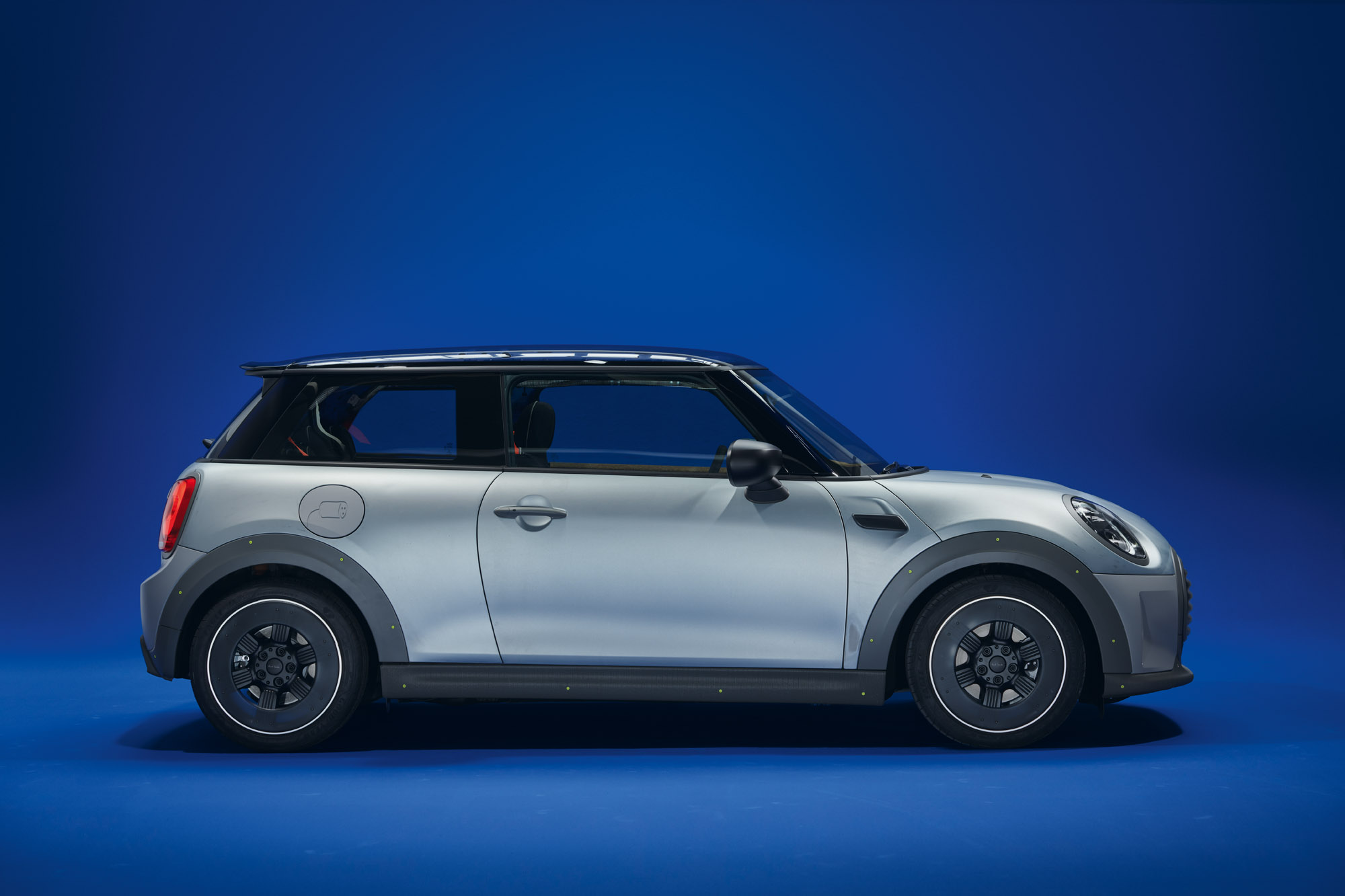
The ’Mini Strip’s’ steel body panels were zinc-galvanised, but otherwise left as they were from the press.
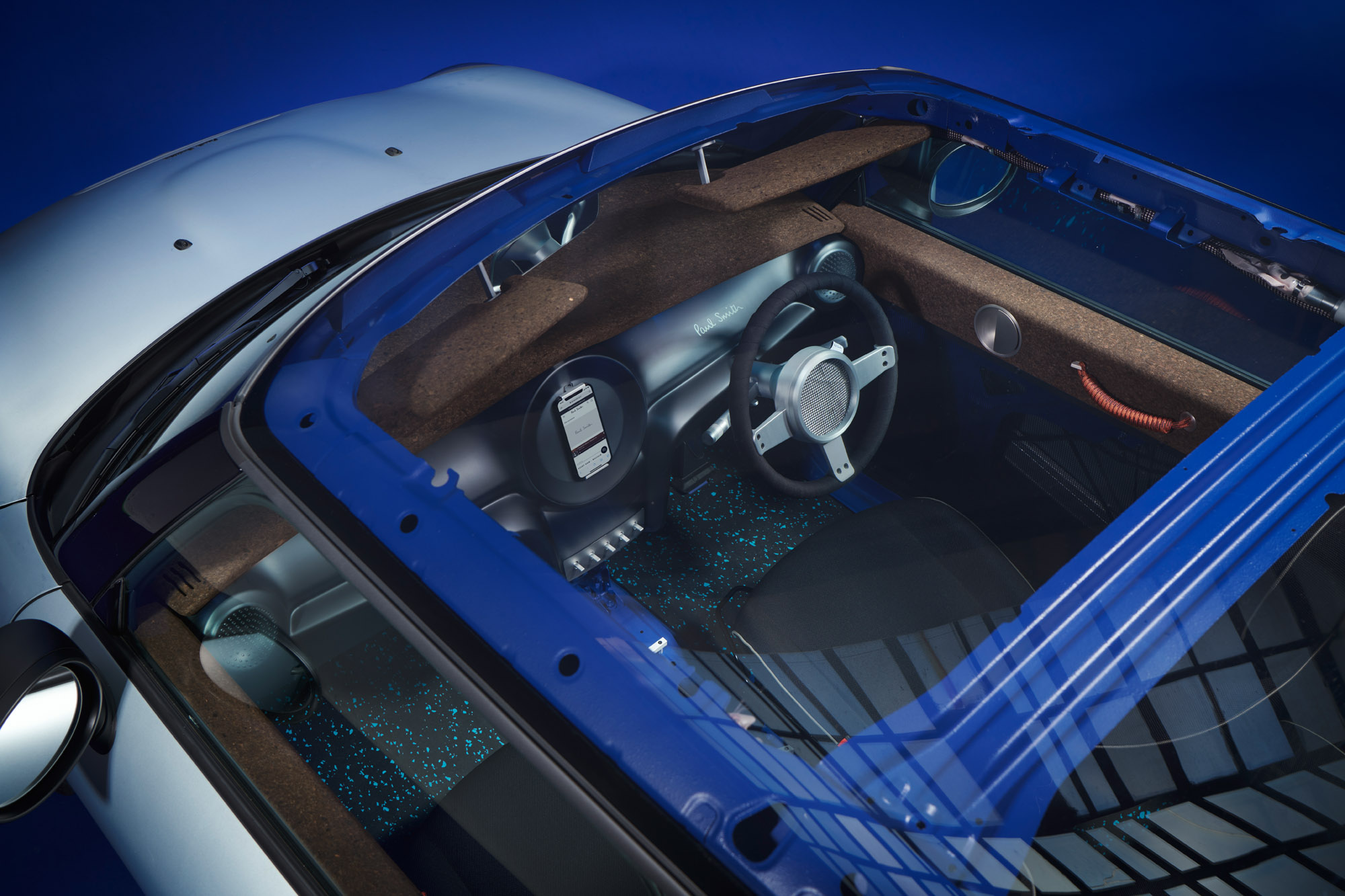
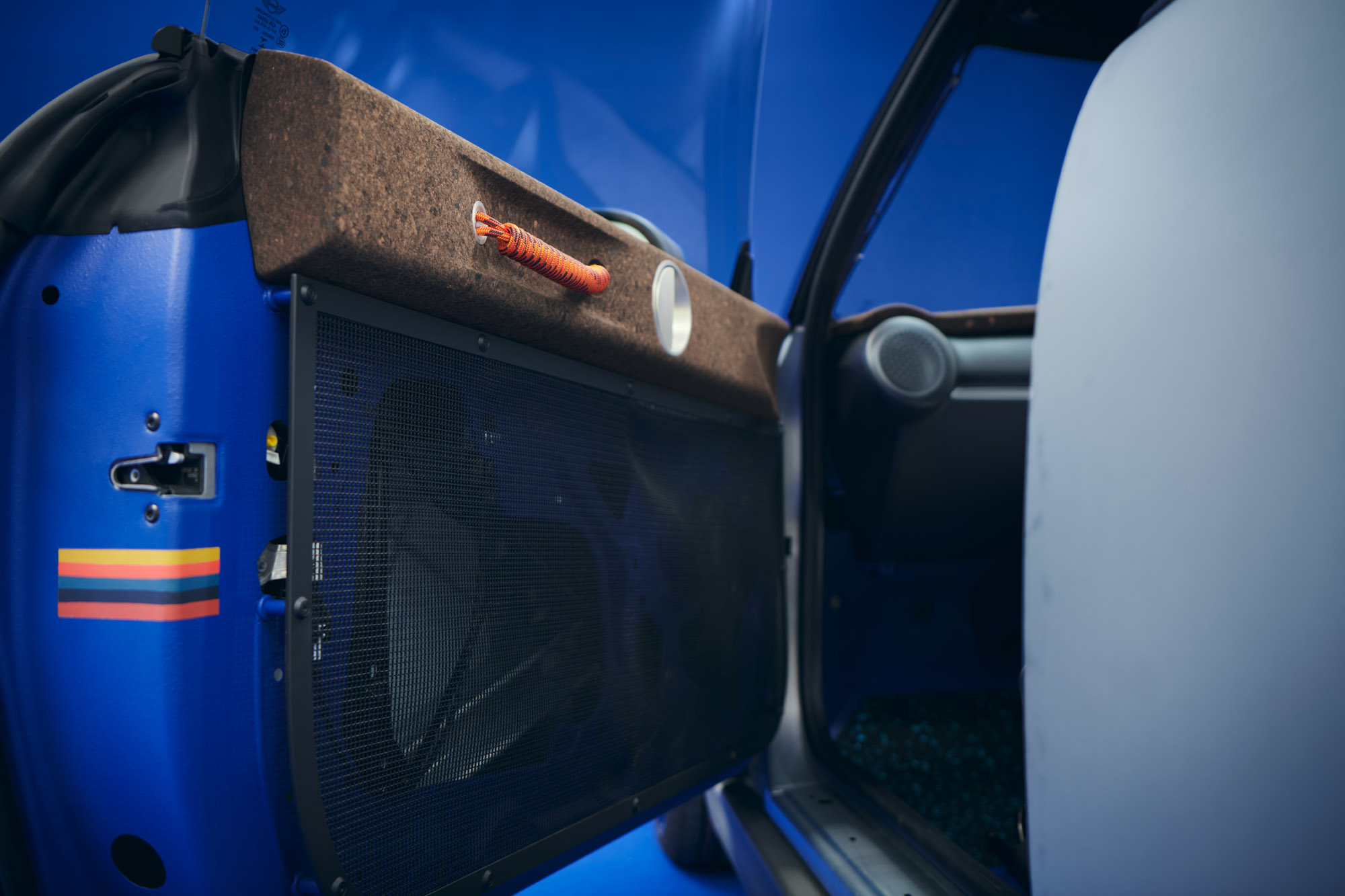
INFORMATION
‘Mini Strip’ will be on view from 13–17 August 2021 at Paul Smith, 9 Albemarle Street, London W1, and from 7–12 September 2021 at IAA Mobility, Munich
Wallpaper* Newsletter
Receive our daily digest of inspiration, escapism and design stories from around the world direct to your inbox.
-
 Marylebone restaurant Nina turns up the volume on Italian dining
Marylebone restaurant Nina turns up the volume on Italian diningAt Nina, don’t expect a view of the Amalfi Coast. Do expect pasta, leopard print and industrial chic
By Sofia de la Cruz
-
 Tour the wonderful homes of ‘Casa Mexicana’, an ode to residential architecture in Mexico
Tour the wonderful homes of ‘Casa Mexicana’, an ode to residential architecture in Mexico‘Casa Mexicana’ is a new book celebrating the country’s residential architecture, highlighting its influence across the world
By Ellie Stathaki
-
 Jonathan Anderson is heading to Dior Men
Jonathan Anderson is heading to Dior MenAfter months of speculation, it has been confirmed this morning that Jonathan Anderson, who left Loewe earlier this year, is the successor to Kim Jones at Dior Men
By Jack Moss
-
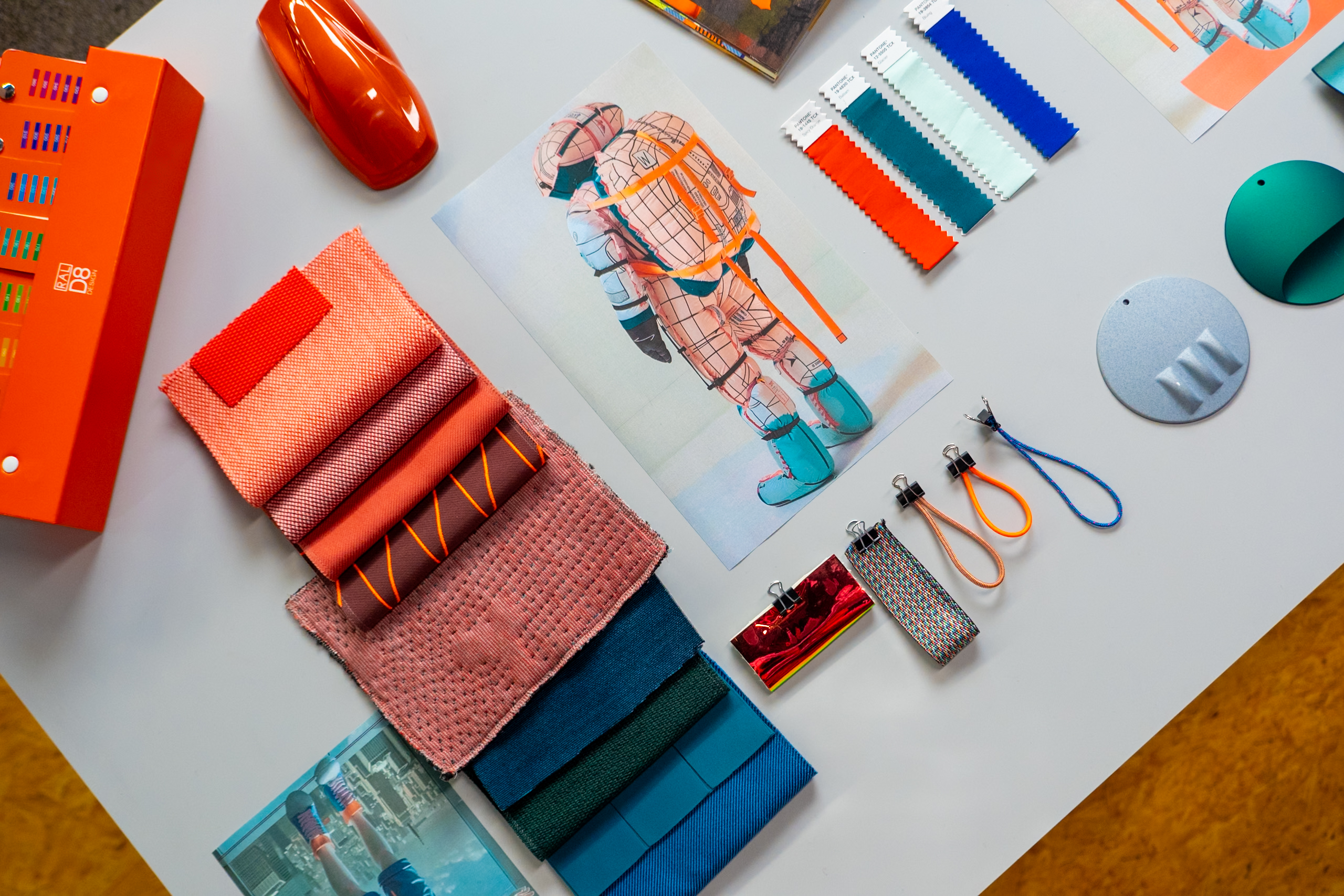 More colour and more design. More modernity. More Mini
More colour and more design. More modernity. More MiniThe iconic manufacturer has upped its game on tone, texture and interiors
By Jonathan Bell
-
 Coming soon: a curated collection of all the new EVs and hybrids that matter
Coming soon: a curated collection of all the new EVs and hybrids that matterWe've rounded up new and updated offerings from Audi, Porsche, Ineos, Mini and more to keep tabs on the shifting sands of the mainstream car market
By Jonathan Bell
-
 24 transportation design innovations for 2024
24 transportation design innovations for 2024From electric cars to new airports and sports boats, here’s a non-exhaustive list of 24 of the most interesting transportation design innovations to expect in the coming year
By Jonathan Bell
-
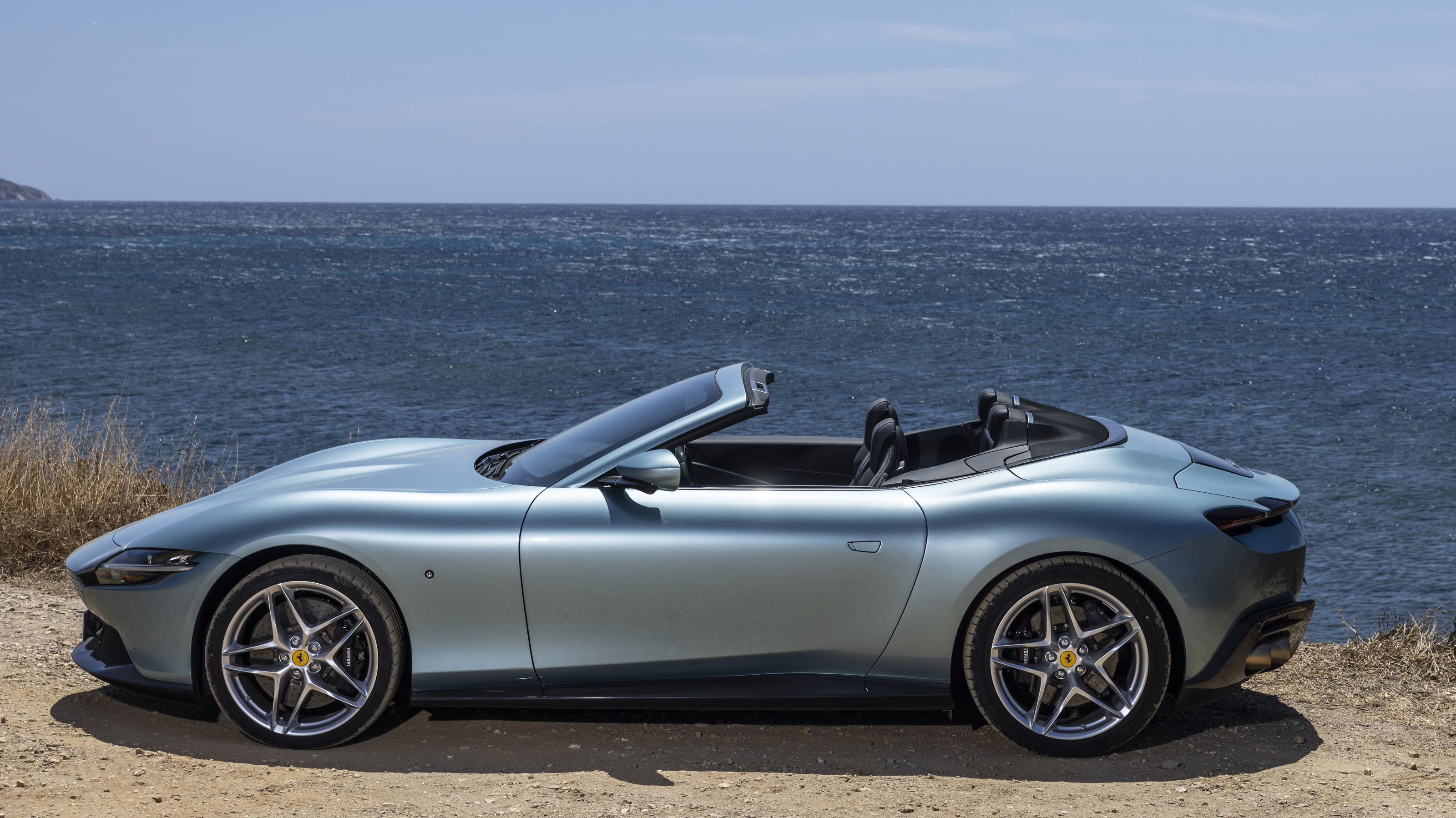 Year in review: the top 10 cars of 2023, as selected by Wallpaper’s Jonathan Bell
Year in review: the top 10 cars of 2023, as selected by Wallpaper’s Jonathan BellWhat were the best four-wheeled offerings of 2023? Transport editor Jonathan Bell takes us through the year’s most intriguing automobiles
By Jonathan Bell
-
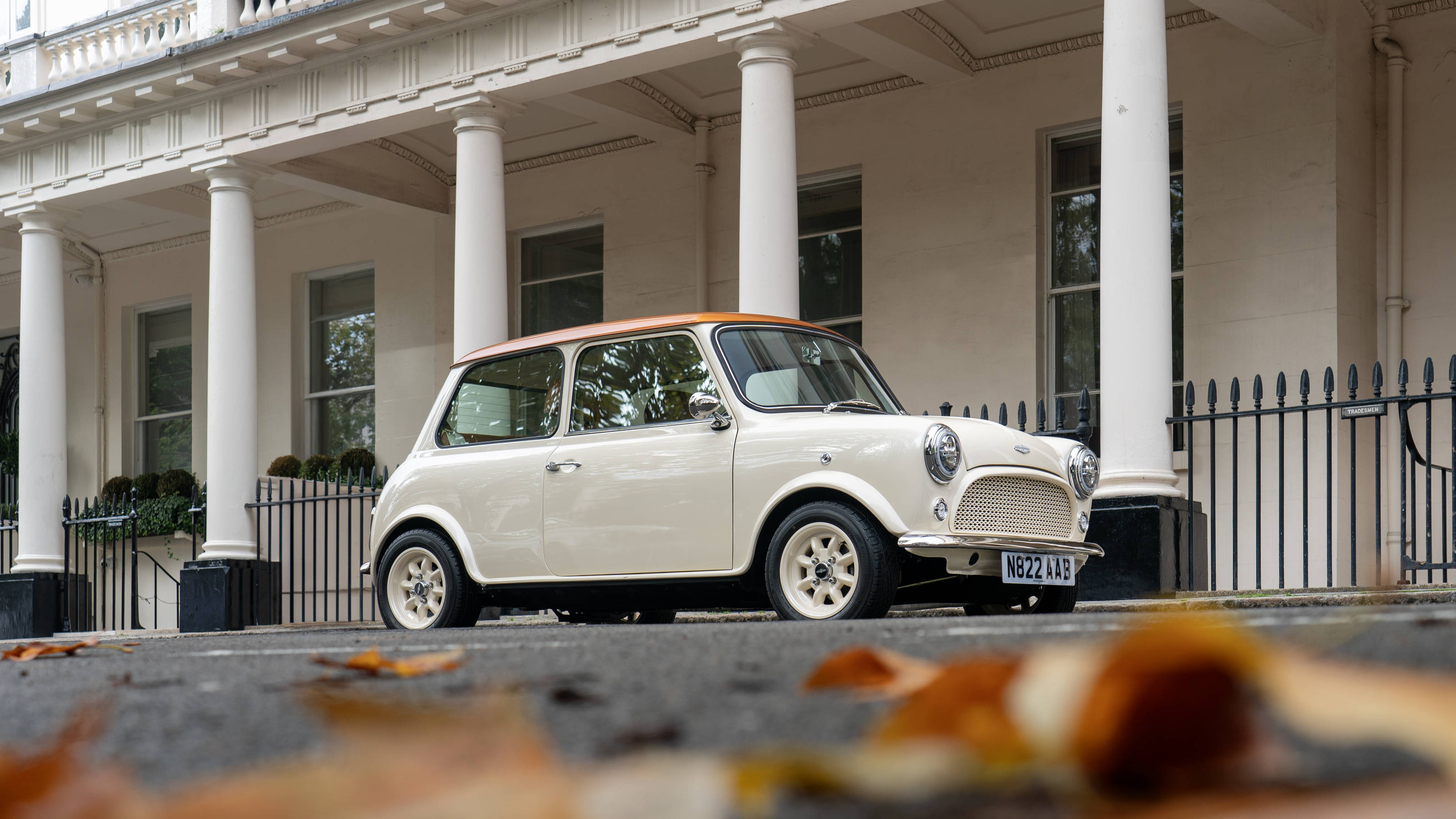 David Brown Automotive transforms original Mini into a high-end, high-spec EV
David Brown Automotive transforms original Mini into a high-end, high-spec EVThe DBA Mini eMastered: luxury motoring is rarely so altruistic and joyful
By Jonathan Bell
-
 Mini E-Bike 1, with Angell Mobility, is the carmaker’s first electric two-wheeler
Mini E-Bike 1, with Angell Mobility, is the carmaker’s first electric two-wheelerThe Mini E-Bike 1 opens up a new chapter for Mini, a collaboration that adds another mobility option to its freshly electrified range
By Jonathan Bell
-
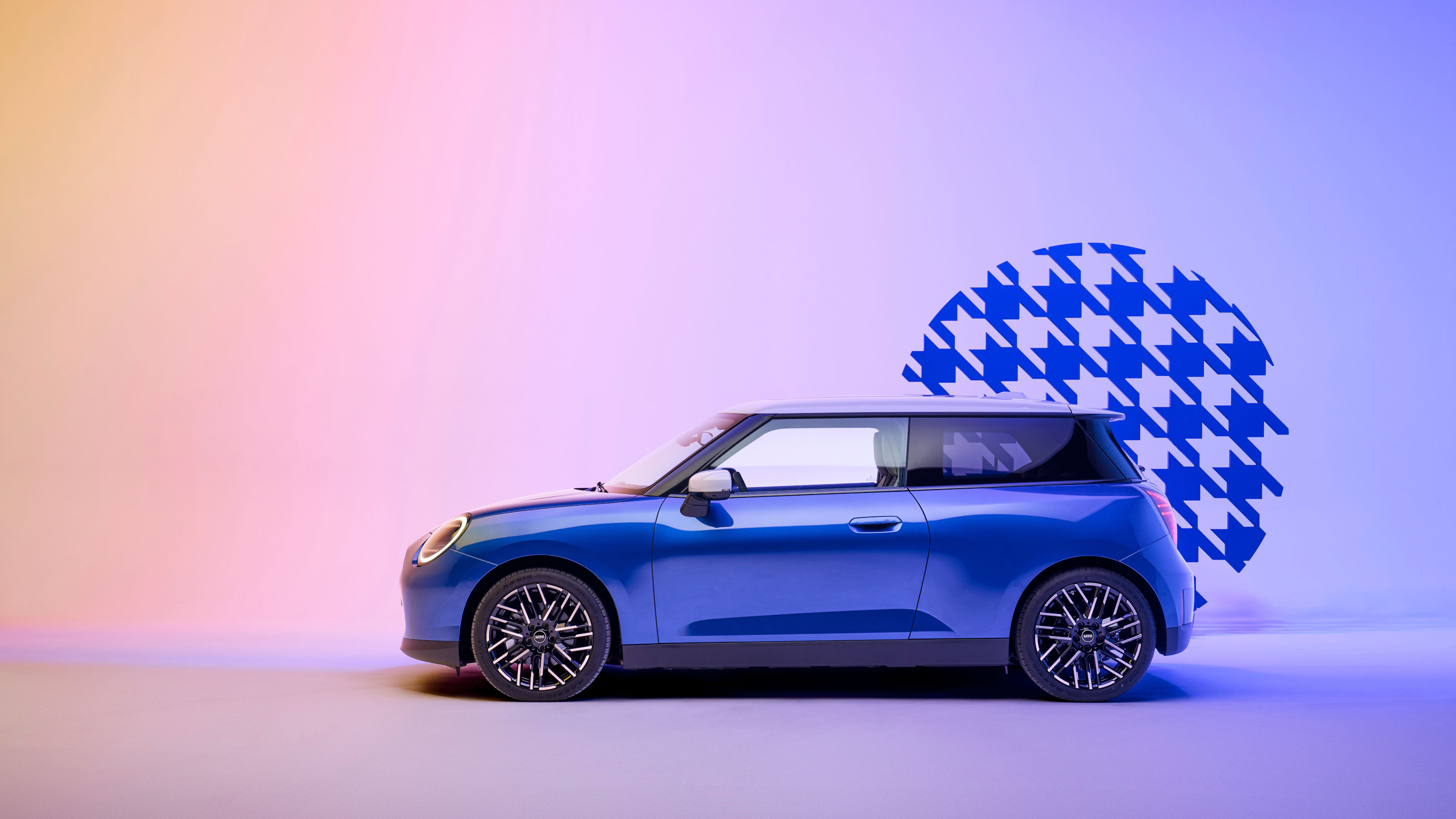 Two new electric Minis bring back the playful spirit of the original
Two new electric Minis bring back the playful spirit of the originalThe new Mini Countryman and Mini Cooper give the modern icon a cleaner, minimal appearance and bolster the interior tech and trim
By Jonathan Bell
-
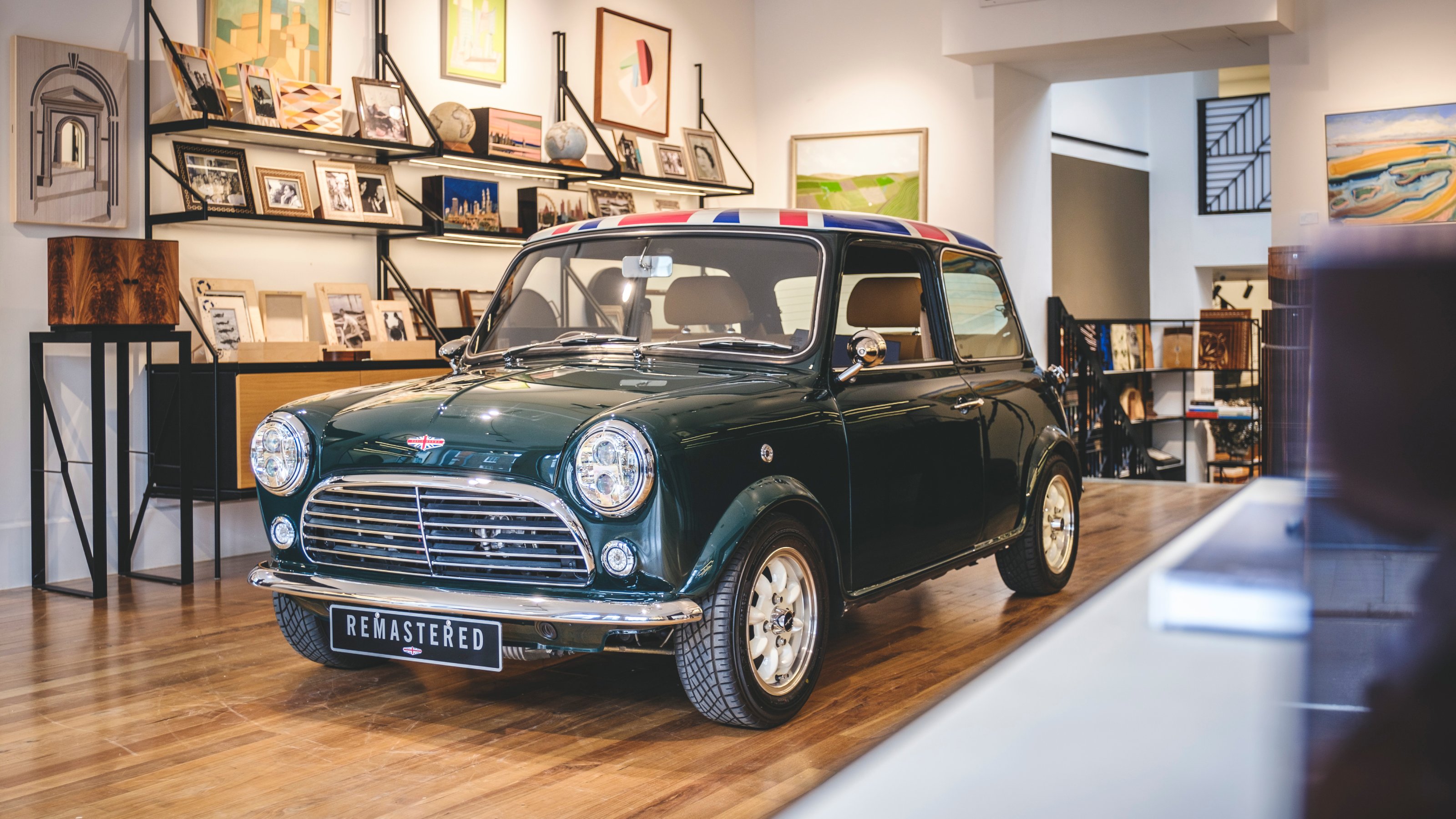 Coronation-edition Mini Remastered by DBA flies the flag in London’s Linley showroom
Coronation-edition Mini Remastered by DBA flies the flag in London’s Linley showroomA pocket-sized piece of coronation memorabilia, the ultimate Mini Remastered by David Brown Automotive is showcased by Linley
By Jonathan Bell